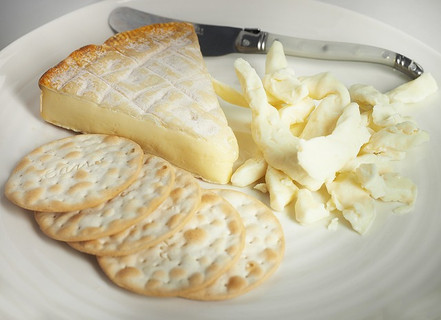Beginner Cheese Making Frequently Asked Questions (FAQ)
15th Apr 2021
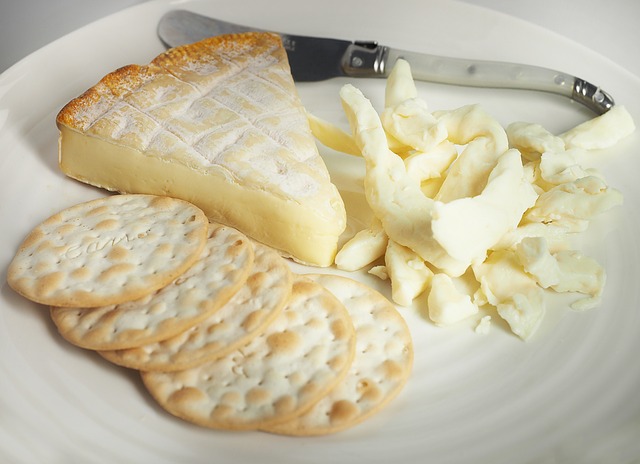
Making cheese at home is a rewarding venture that allows you to enjoy cheese like never before! With just a few ingredients and materials, some of which you might already have in your kitchen, you can be on your way to making your very own fresh cheese. If you’re new to the hobby, you may have some questions. Don’t worry, The Cheesemaker is here to help you along every step of the way! From sourcing ingredients to recipes, we’re eager to equip you for all of your cheesemaking needs.
What are the steps to making cheese at home?
There are many kinds of cheese you can easily make from the comfort of your own home! While there are variations in the cheesemaking process depending on the type of cheese you’re looking to make, just about all cheeses follow the same six steps:
- Acidify. In order to get milk to separate into curds and whey, the milk must be curdled. That’s right, that curdled milk that’s a few weeks past its expiration in your fridge is technically a crude form of cheese! We still wouldn’t suggest eating it. Acidification can be done in a variety of ways, but all of them lower the PH levels of the milk to encourage the next step of the process: coagulation.
- Coagulate. Acidic milk will begin to coagulate. The addition of rennet facilitates the binding of milk proteins into firm curds–the building blocks of cheese. You’ll notice the liquid start to appear more translucent as the curd solids form.
- Separate. For most cheeses, the curd is what you’re looking to use and the whey is simply a byproduct. They can be separated by the use of cheesecloth and a strainer or a draining bag. See how you can put that whey to use later.
- Salt. Salt is a natural preservative and flavor enhancer that helps to ensure proper aging in cheese. It also works to remove even more whey from the curd so you can be sure your cheese has the right texture and is packed full of flavor.
- Shape. If you’re making cottage cheese, congratulations! You’ve just about got your shape nailed at this point. Other cheeses need to be formed into their final shapes either by hand or through the use of moulds
- Ripen. Some cheeses like mozzarella or cottage cheese can be enjoyed right away, and other cheeses require a unique aging process to achieve the desired taste and texture. If you just can’t wait to indulge, you can always make two kinds of cheese!
What’s the easiest cheese to make at home?
Soft cheeses like ricotta and cottage cheese are generally the most approachable and are truly decadent when made fresh. They don’t need to be shaped much beyond what the milk will naturally form into during coagulation and can be enjoyed immediately, meaning there’s no lengthy ripening process. Mozzarella is another excellent cheese to start with and has a hands-on shaping process that will help you connect with your cheesemaking. If you’re looking for more of a challenge, take a look at some of the most difficult cheeses to make.
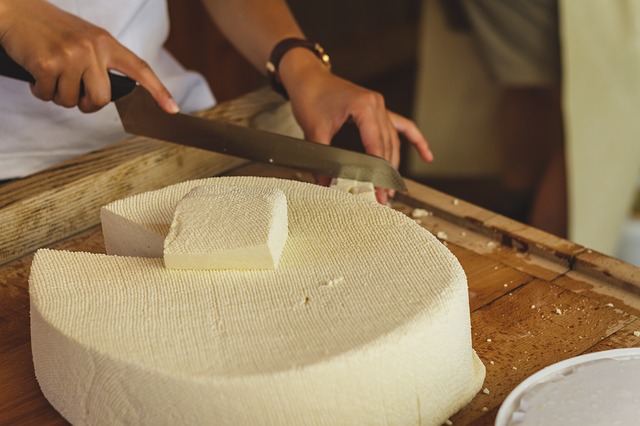
Can I use regular milk to make cheese?
Yes! While non-homogenized, full-fat milk is the standard among professionals, you can successfully make cheese with homogenized milk so long as it’s not “ultra-pasteurized.” Reduced-fat milk will lower your yield and produce a drier cheese but can still be used.
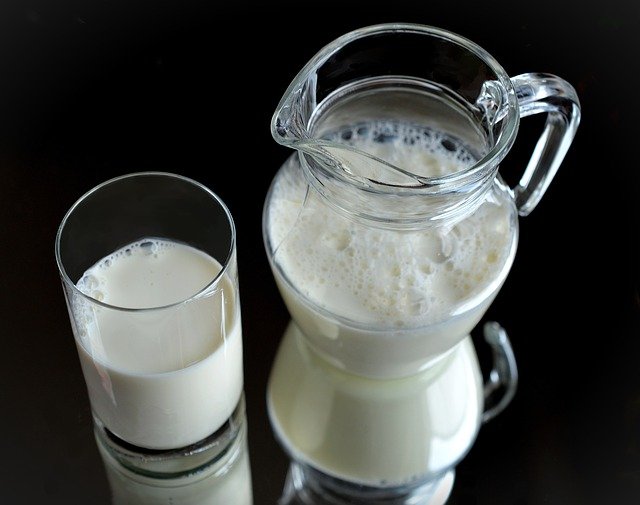
Is it better to use homogenized or non-homogenized milk for cheese?
Homogenization, relative to milk, is the process of forcing milk through small nozzles at high pressure to break down the fats that would normally separate into the cream. This allows those fats to remain suspended in the milk as smaller particles. Non-homogenized milk will naturally produce a firmer curd than homogenized milk, but calcium chloride can be added to improve curd firmness if you can’t get ahold of non-homogenized milk.
What cheeses can I make at home?
There are many kinds of cheese you can make from home. Some cheeses, such as mozzarella, cottage cheese, and ricotta, require less labor and are not as time-consuming to make. If you don’t mind waiting for some creamy decadence, camembert and brie would be the natural next steps. Even cheeses like cheddar and gouda can be made from home so long as you are equipped with the proper ingredients and patience. No matter which types of cheeses you’re looking to make, The Cheesemaker has a kit to get you started! That is unless you’re looking to make a traditional Bitto cheese that’s made exclusively in Lombardy, Italy; we don’t sell plane tickets just yet.

What do I need to make cheese at home?
For starters, you’ll need milk. Whole, non-homogenized milk will work best, but you can use homogenized milk as well. You’ll also need a stove and a pot to heat the milk. From there, you can get everything you need from The Cheesemaker! The specific equipment and ingredients will depend on the cheese you’re looking to make. Some of the general items you’ll need include: a thermometer, a culture or food-safe acid, renet, and a cheesecloth or drain bag. For a more comprehensive look at what you need to make cheese at home, take a look at our cheese-making equipment guide!

What are cheese molds?
Cheese molds (not to be confused with cheese moulds, the containers used to shape cheese) are types of fungus that affect the aromatics, textures, and flavor profiles of cheese. Cheeses like brie, camembert, and blue cheese rely on molds for their signature looks and flavors. While it may seem strange to want mold on your cheese, the growth of edible molds on your cheese can help to prevent the growth of potentially harmful bacteria and molds. You can think of cheese molds as living spices that grow on your cheese and develop in complexity as they age, but not just any mold will do. Specific cheese recipes will note which molds are best for the cheese you’re looking to make.
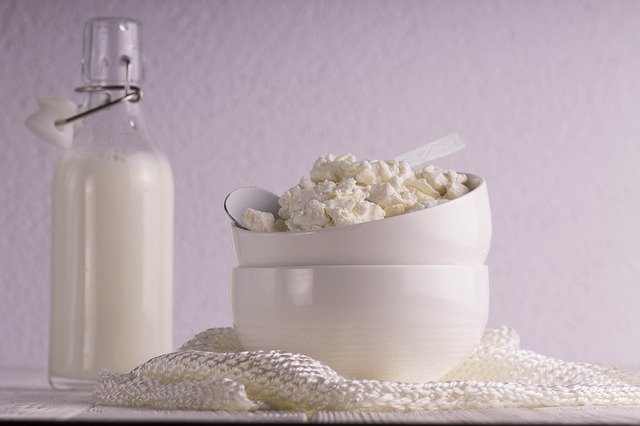
How do so many kinds of cheeses come from one kind of milk?
In the same way that a bag of flour can be turned into everything from a loaf of bread to a savory gravy, milk can be used to create a great number of things. The multitude of cheeses you can make from milk come from differing processes and ingredients used in the cheese’s creation. Different cultures and molds will produce different flavors and textures, just as different cooking steps and aging procedures will affect the final cheese as well. The versatility of milk and its potential to become so many different kinds of cheeses is part of what makes cheesemaking so fascinating and fun! We encourage you to explore our kits and see what kinds of cheeses you might like to make. If you’re not quite sure where to start, see which kit is best for you.
How much cheese can I get from a gallon of milk?
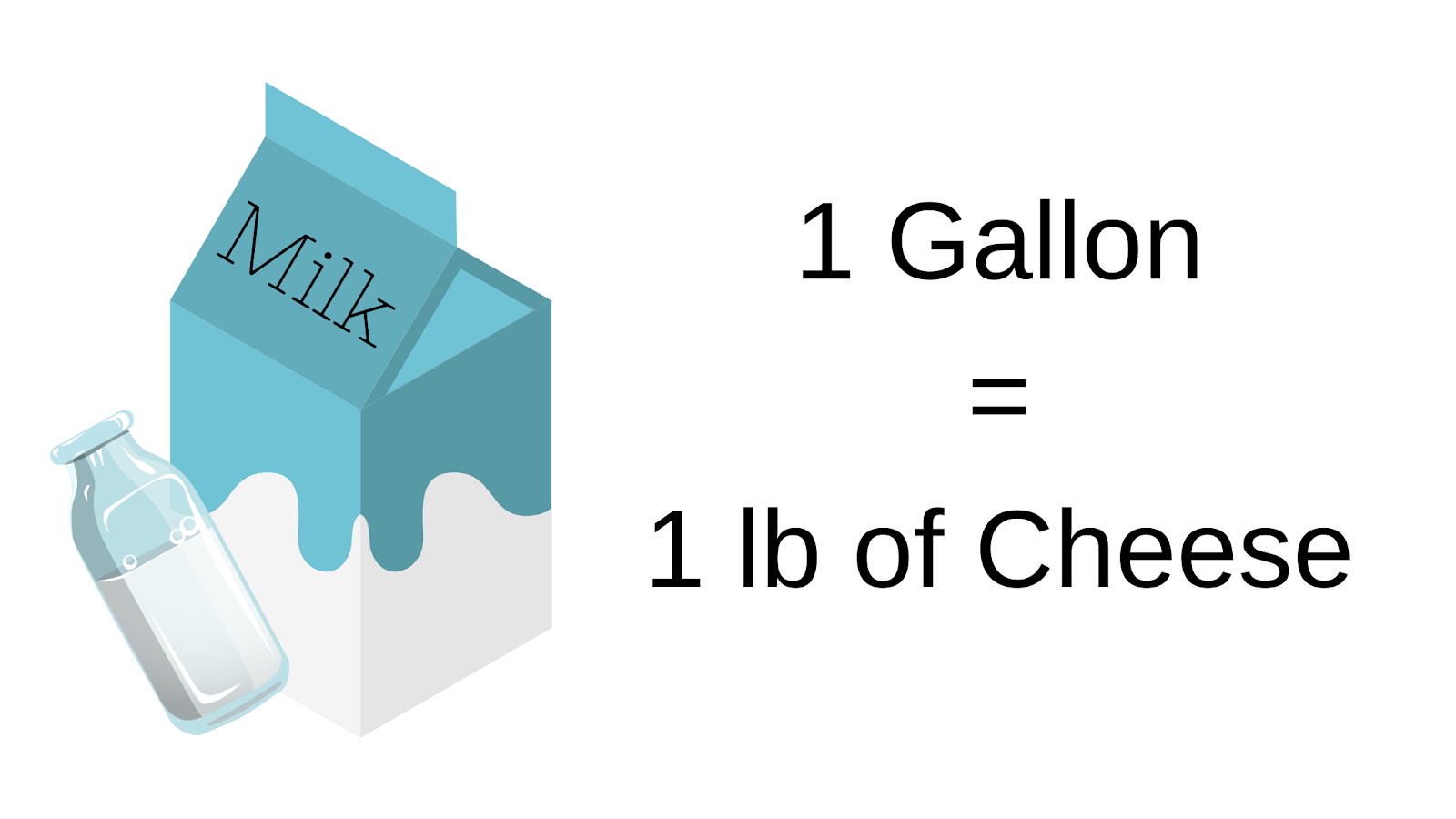
You can expect to get about a pound of cheese from a gallon of milk. Being the astute observer you are, you’ll notice a gallon of milk weighs more than a pound. So, where does everything else go? Of course, there is some evaporation from the heating of the milk and drying of the curd, but most of the weight loss is from the whey. Don’t worry, your whey doesn’t have to go to waste!
What can I do with leftover whey?
Whey is the leftover liquid once the curd has been extracted from the milk. While whey is often discarded, there are plenty of uses for it! You can even use whey to make another kind of cheese: ricotta. Ricotta is traditionally made from the leftover whey from making mozzarella with the addition of some fresh milk. Being acidic, you can use whey to lower soil ph for plants like tomatoes that love acidic soil. After all, there’s nothing like a plump, home-grown tomato to complement your fresh mozzarella. Just be careful that you haven’t added salt to the whey, as salt can harm your plants. Like broths and brines, you can experiment with whey in many other dishes! It can add complexity to everything from rice to soups and might just be your next favorite kitchen staple.
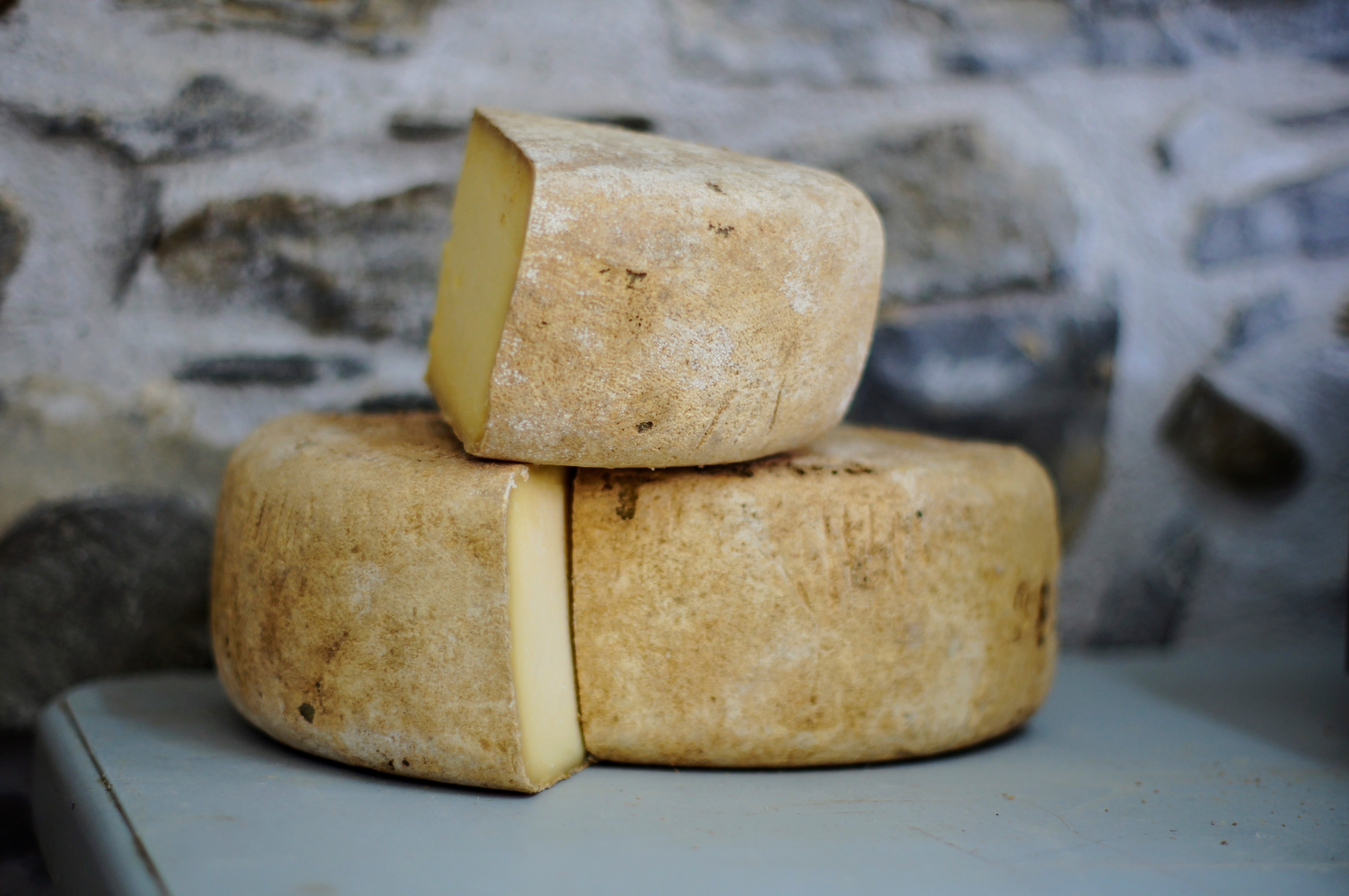
Is homemade cheese healthy?
Yes, homemade cheese is as healthy as you make it! The beauty of making your own cheese is that you have complete control over what you put in it. Your cheese can be free of artificial preservatives, gums, and stabilizers that you would otherwise be stuck with in store-bought cheese. Cheesemaking gives you control over the quality of your ingredients, which is why we prioritize quality in all of our products at The Cheesemaker.
Can you make vegan cheese?
Yes. Cashews are a great alternative to dairy milk if you’re looking to make vegan cheeses. Camembert, brie, and blue cheese can all be made vegan and dairy-free. We have an entire page dedicated to vegan ingredients that contain no animal products and no lactose in addition to an extensive list of vegan cheeses to explore!
Now that we’ve covered the basics, you’re ready to make your own cheese! After all, the best way to learn how to make cheese is to experience it for yourself. You can take a closer look at the cheesemaking process by viewing our collection of cheese recipes. Be sure to browse our cheesemaking kits and vegan cheesemaking books as well to set yourself up with everything you need to get started. If your question wasn’t covered here, our blog explores a wide variety of cheese-related topics and is sure to help. Fair warning: all this talk about cheese is sure to get you hungry!

